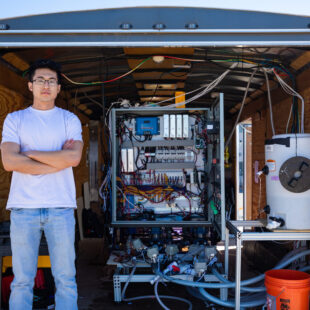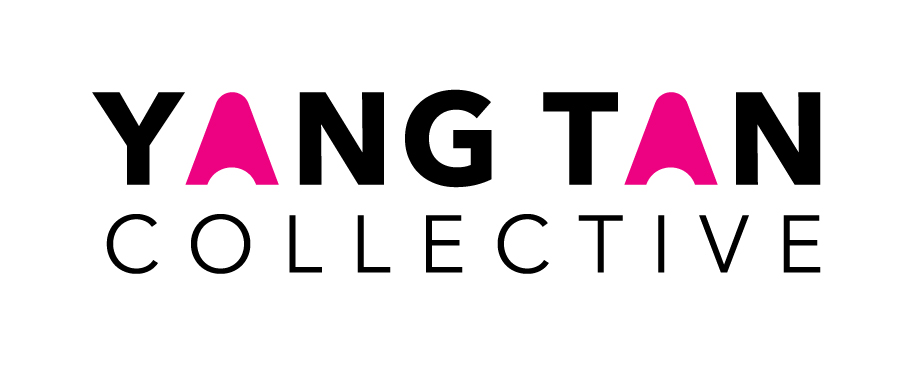K. Lisa Yang Global Engineering and Research (GEAR) Center
Our Mission
The K. Lisa Yang Global Engineering and Research (GEAR) Center strategically identifies compelling challenges and associated scientific knowledge gaps in resource-constrained communities, then addresses them through academic innovation to create and translate transformative technologies.
Our Approach
There are billions of people in resource-constrained communities around the world who need high-performance, low-cost technical innovations to address unrelenting threats to their livelihood, health, and well-being. GEAR Center brings together a multidisciplinary team of MIT academic researchers and staff engineers to assess today’s most pressing challenges and launch in-depth basic-science research projects in three critical areas: water, energy, and food solutions; climate-change mitigation and adaptation; and global-health technologies.
From the start, Center staff will provide guidance to ensure that innovations are geared to adoption while overseeing the design and implementation of prototypes and field pilots. Through partnerships with stakeholders that know the socioeconomic conditions of the targeted market space—end users, manufacturers, governments, local organizations that conduct large-scale field trials, and industry leaders positioned for commercialization—our researchers’ innovations will be translated into products and services for the real world.
Innovations currently ready for translation include solar-powered brackish-water desalination systems using electrodialysis; low-energy, solar-powered drip-irrigation systems for small-holder and marginal farmers worldwide; and prosthetic feet and knees for individuals in developing countries.
Our Research
Research at the Center will initially focus on three core areas: water, energy, and food solutions; climate-change mitigation and adaptation; and global-health technologies. Each area currently has two or three planned projects, with several of them ready for the translation stage.
To address global water stress, climate change, and food demand, we are creating low-energy, solar-powered drip-irrigation systems that stand alone or can be integrated with our method for desalinating brackish groundwater to help better the lives of farmers from small to large industrial farms worldwide and people in countless rural communities. By researching expected migration due to climate change, we also are preparing for the needs of newly established communities and the means to support them.
A barrier to hydrogen-fuel adoption among industries like long-haul trucking is storage, given the required tank size and operating pressure. Our researchers have conceptualized a hydrogen tank compatible with the necessary requirements that we are prototyping and will test for real-world use. We are also identifying research gaps in technologies that produce energy without carbon emissions—wind, wave, solar, nuclear—as well as those that capture and sequester carbon from the atmosphere to help mitigate climate change.
With the NGO Bhagwan Mahaveer Viklang Sahayata Samiti in India, we are designing an updated version of their Jaipur Foot—the most widely distributed prosthetic foot in the world—and conducting clinical trials to produce a foot that can be mass-produced in developing countries. In collaboration with the K. Lisa Yang Center for Bionics, we are also researching overlooked health needs such as low-cost devices for heart-health assessment that local populations can be trained to administer.

Our Researchers
Our researchers collaborate in multidisciplinary teams that include research scientists from a wide range of academic backgrounds, engineers, and experts in subjects from climate change to health care. We also create partnerships with government, industry, and NGOs to bring our innovative solutions to the real world.
